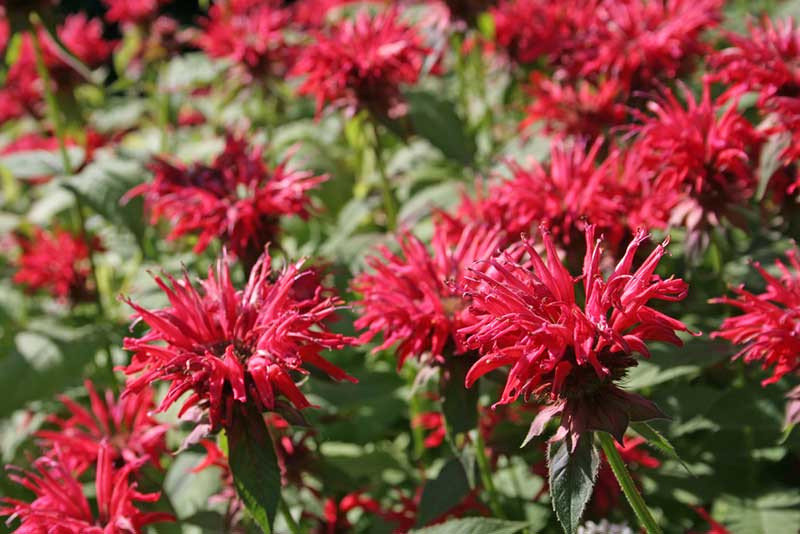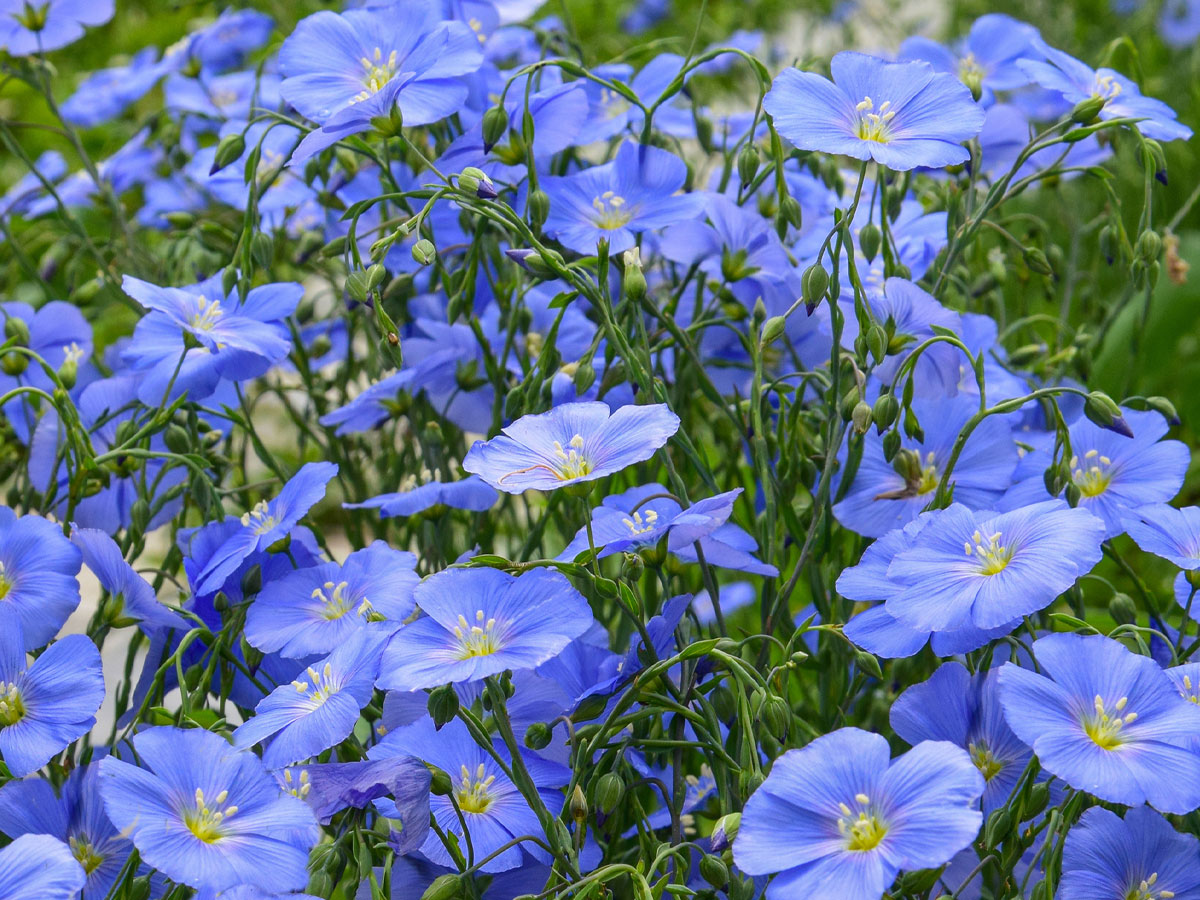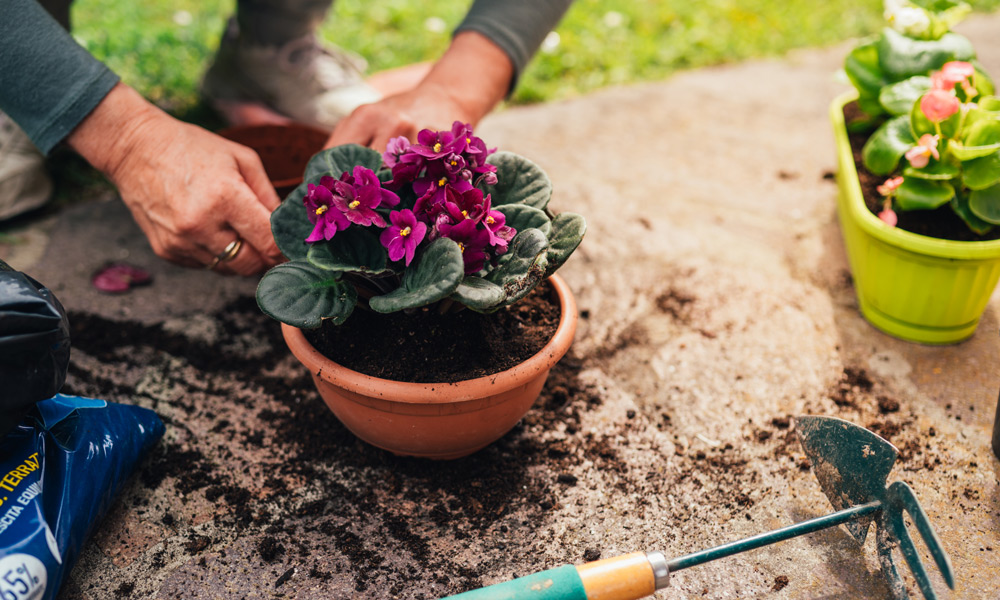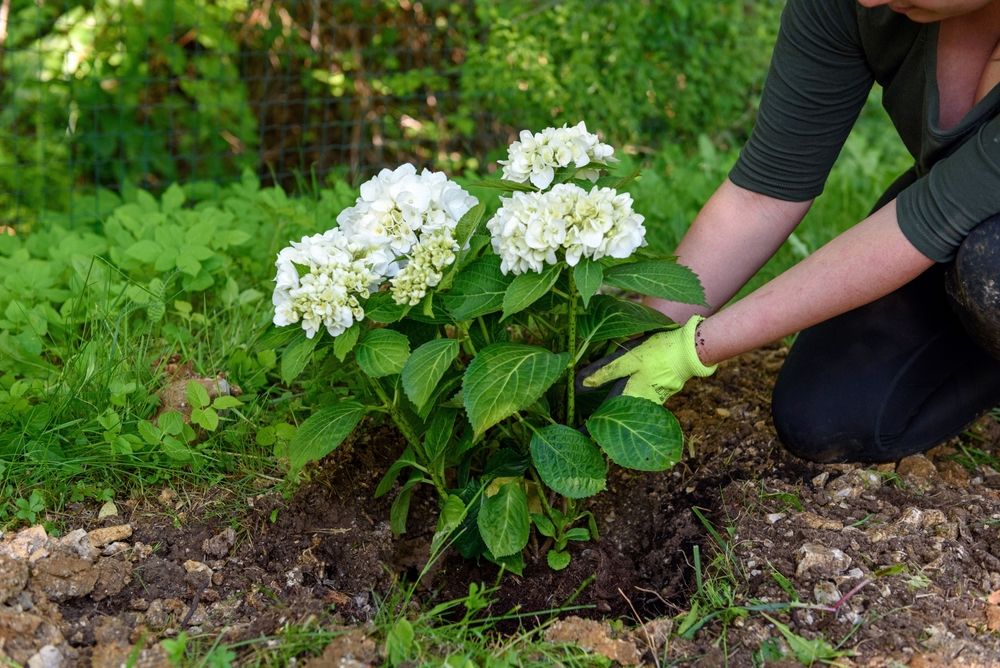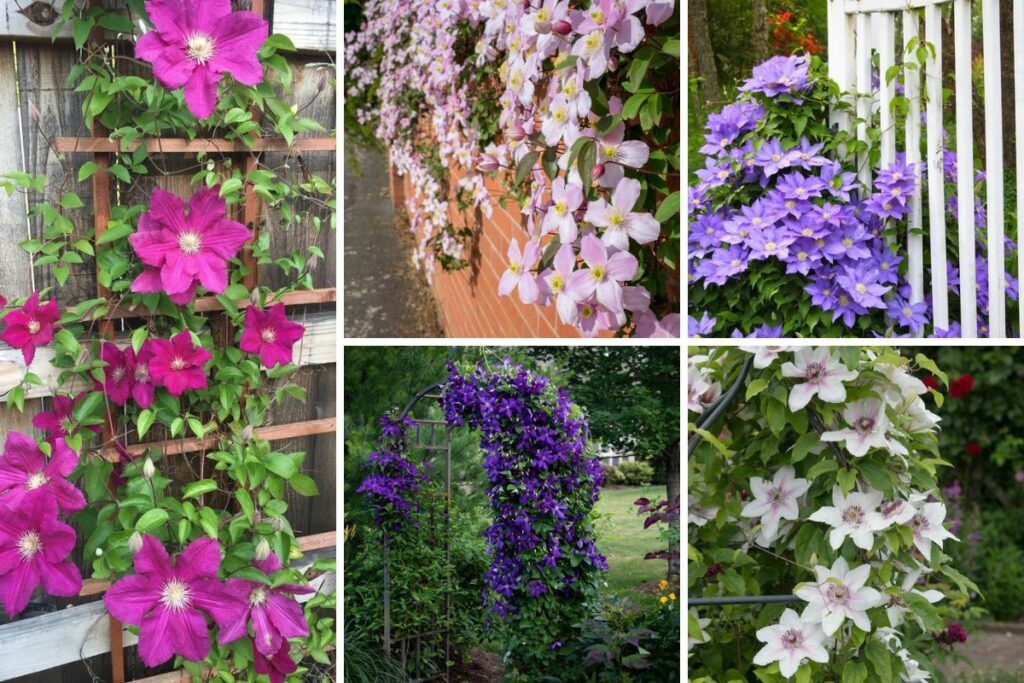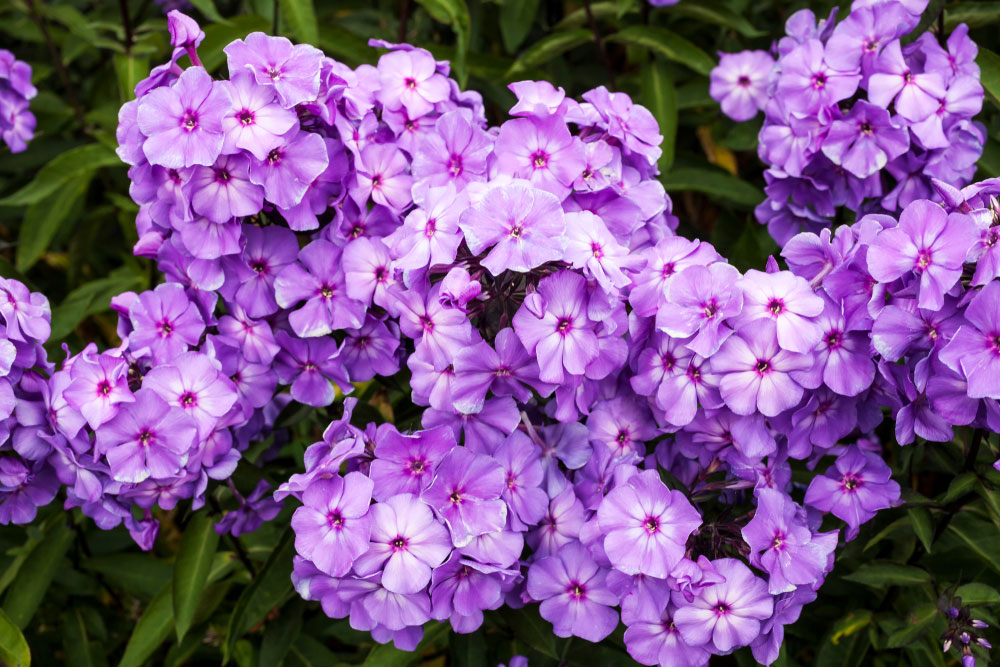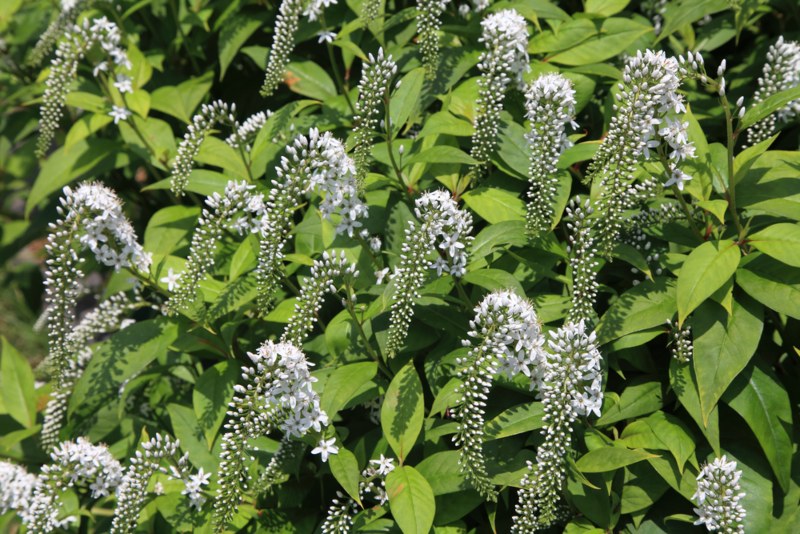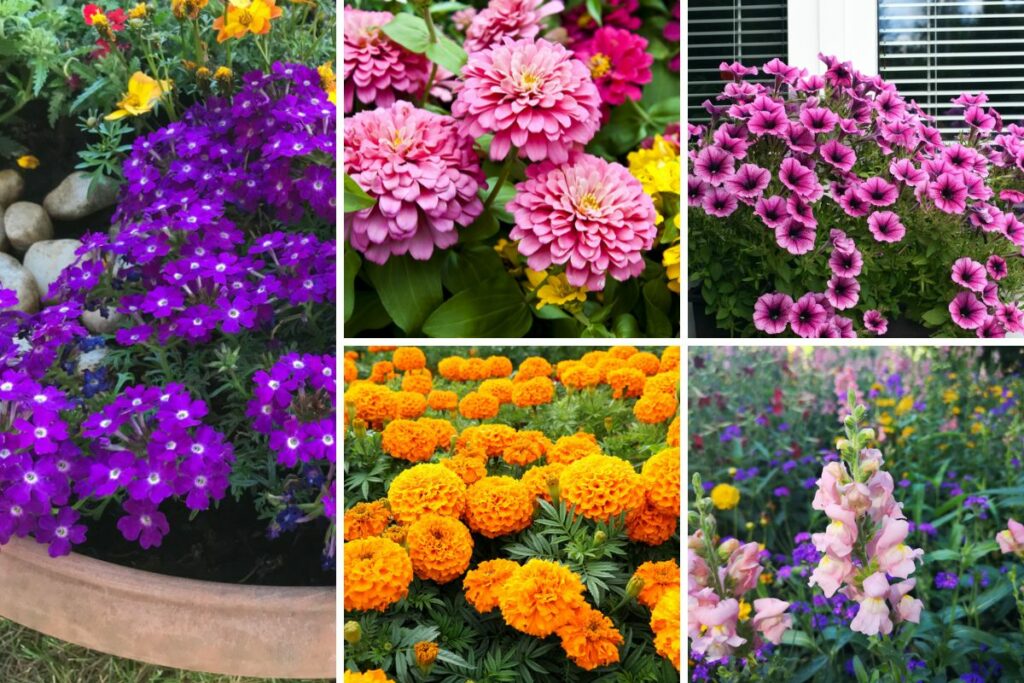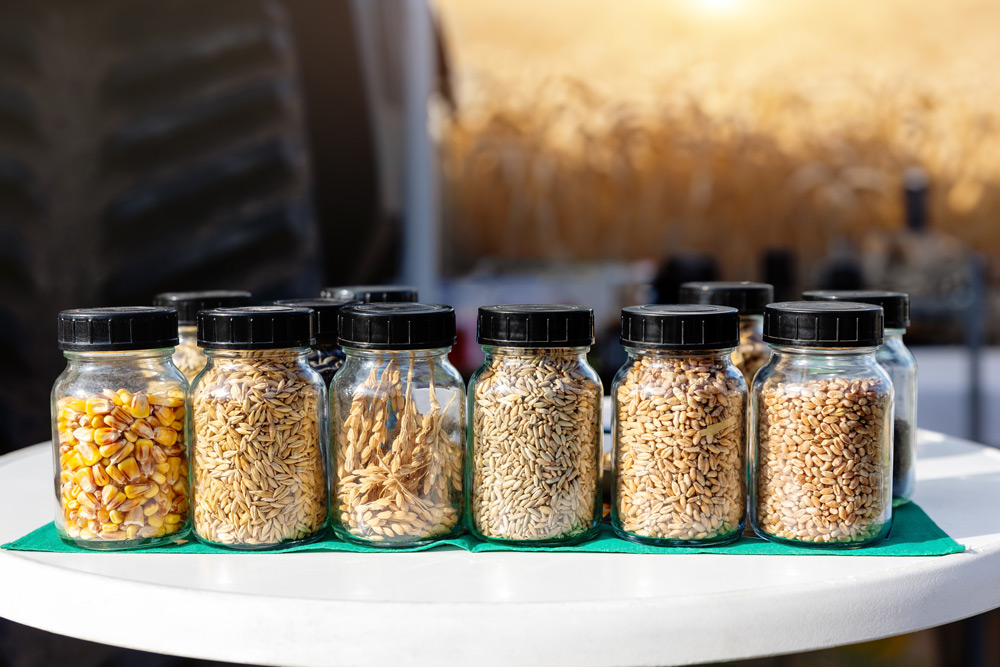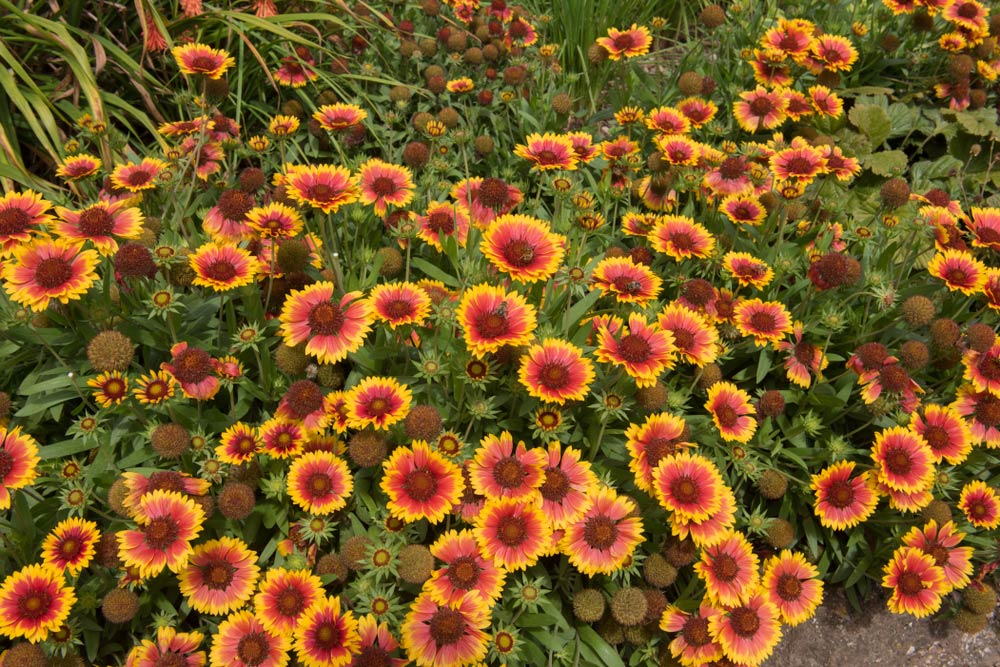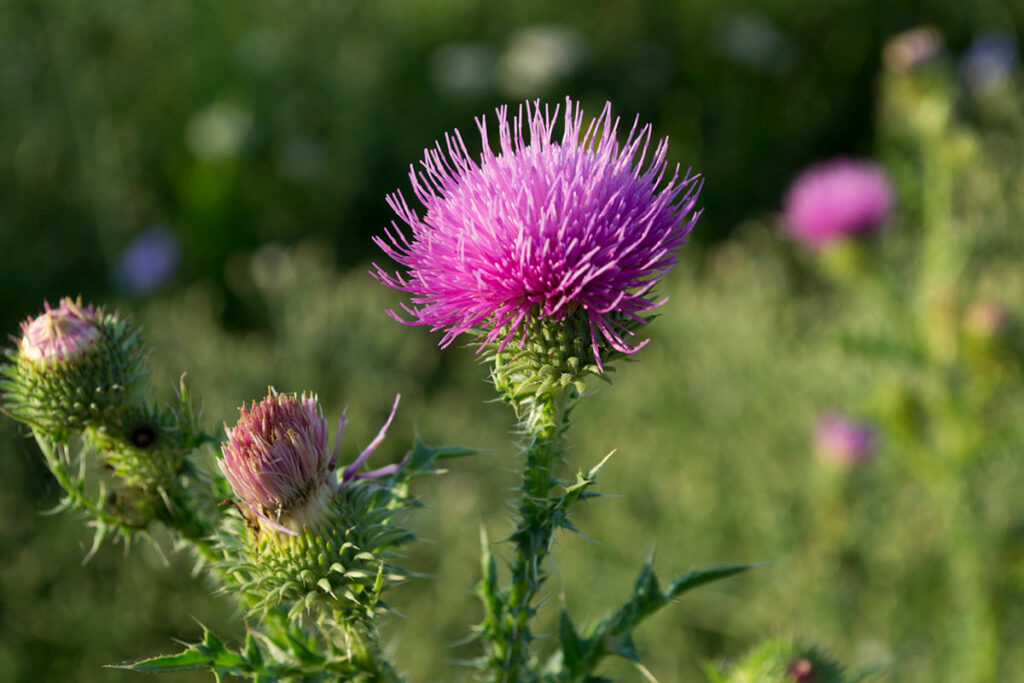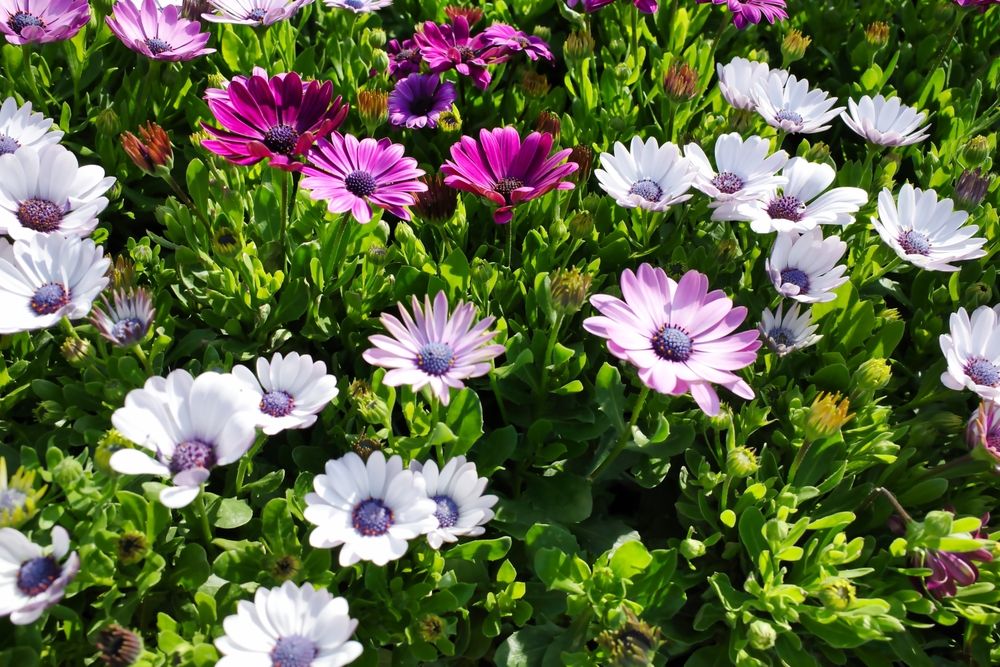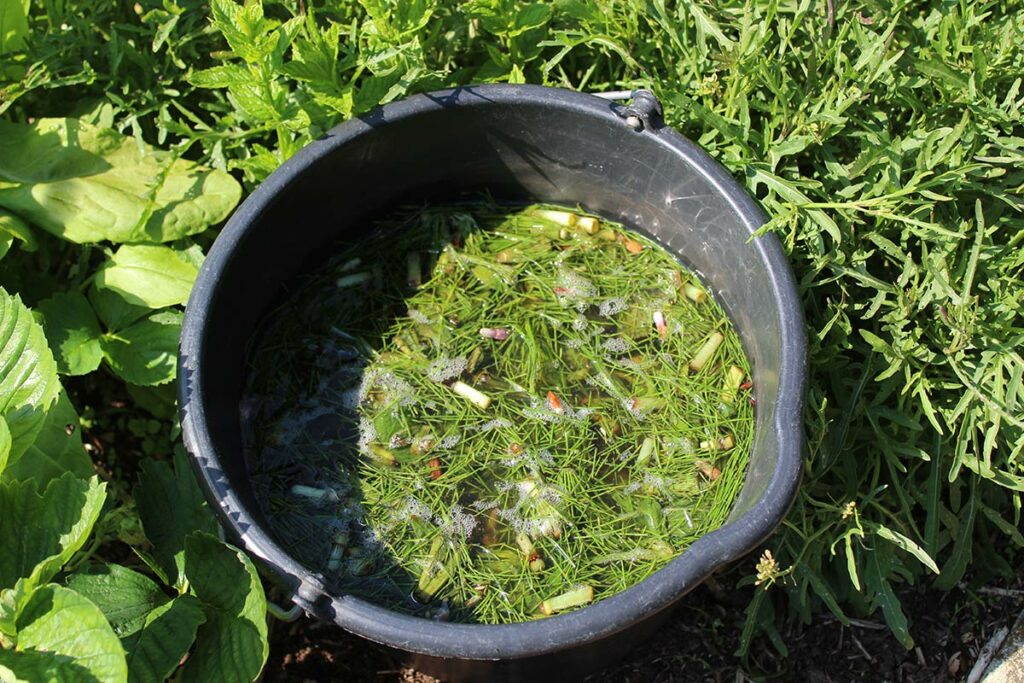
Are you looking for a natural, cost-effective way to nourish your plants? Look no further than stinging nettle fertilizer tea.
This homemade solution is not only easy to make but also packed with essential nutrients that will help your plants grow healthy and strong.
Stinging nettle (Urtica dioica) is a common plant that often grows wild in gardens, fields, and alongside roads.
Despite their pesky reputation, these plants hold a secret – they’re rich in nitrogen, magnesium, and iron. By harnessing the power of stinging nettles, you can create a nourishing fertilizer tea that is beneficial for all types of plants, from vegetables and fruits to flowers and trees.
To make this potent tea, you’ll need fresh or dried stinging nettles, water, and a container to steep the mixture in.
Follow the steps in this article to learn how to transform these unassuming plants into a powerful plant growth booster. Give your garden the natural support it needs with stinging nettle fertilizer tea and watch your plants flourish.
Fundamentals of Stinging Nettle Fertilizer Tea
Stinging nettle fertilizer tea is an organic, nutrient-rich solution that can improve the growth and health of your plants. It is made by steeping fresh or dried stinging nettle leaves in water for several days, allowing the nutrients and minerals to be extracted. In this section, you’ll learn about the benefits this natural fertilizer offers and which types of plants can benefit most from its use.
Benefits for Plants
Stinging nettle tea provides numerous benefits for your plants, including:
- Nourishment: It is rich in essential nutrients, such as nitrogen, phosphorus, and potassium, which are key for plant growth and development.
- Disease resistance: The tea’s natural compounds can help improve your plants’ immune systems, making them less susceptible to disease.
- Plant growth: By providing a readily available source of nutrients, stinging nettle tea can promote faster and healthier growth in your plants.
- Soil quality: It can improve the structure and fertility of your soil, contributing to a better environment for your plants to flourish.
Suitable Plant Types
Stinging nettle fertilizer tea can be used on various types of plants, but it is particularly beneficial for specific plants:
- Leafy greens: Plants such as lettuce, spinach, and kale can greatly benefit from the nitrogen-rich nature of the tea for improved growth and health.
- Flowering plants: Flowering plants like roses, azaleas, and camellias can also receive a growth boost from stinging nettle tea’s essential nutrients.
- Fruits and vegetables: The nutrient-rich solution can encourage healthy growth of fruit-bearing plants like tomatoes, cucumbers, and strawberries.
Feel free to experiment with stinging nettle tea on various plants in your garden, as it is generally safe and beneficial for most types. Remember to follow proper instructions when making and applying the tea to ensure the best results for your plants.
Gathering and Preparing Stinging Nettles
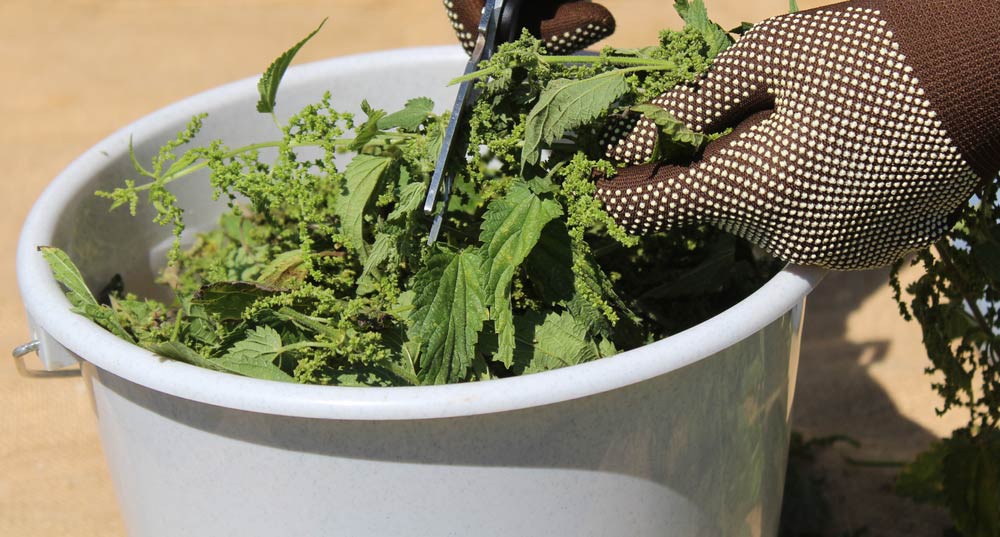
Safety Precautions
When gathering stinging nettles, always wear protective gear to avoid getting stung. This includes:
- Gloves: Wear thick, durable gloves to protect your hands.
- Clothing: Wear long sleeves and pants to cover your arms and legs.
- Footwear: Choose closed-toe shoes to protect your feet.
Remember to also bring a clean container or bag to collect the nettles in.
Best Time to Collect
The optimal time to collect stinging nettles is during the spring and early summer months. Young nettles have the highest concentration of nutrients. To avoid any harm to your skin, gather nettles early in the morning or later in the day when it’s cooler.
Washing and Chopping Nettles
Before using the nettles, follow these steps to clean and prepare them:
- Wash: Rinse the nettles thoroughly under running water to remove any dirt or insects.
- Don’t forget to keep your gloves on!
- Drain: Gently shake off the excess water and let the nettles air-dry.
- Chop: Once the nettles are dry, use a chopping board and a sharp knife to cut them into smaller pieces, including the stems and leaves.
- Smaller pieces will release nutrients more effectively in the fertilizer tea.
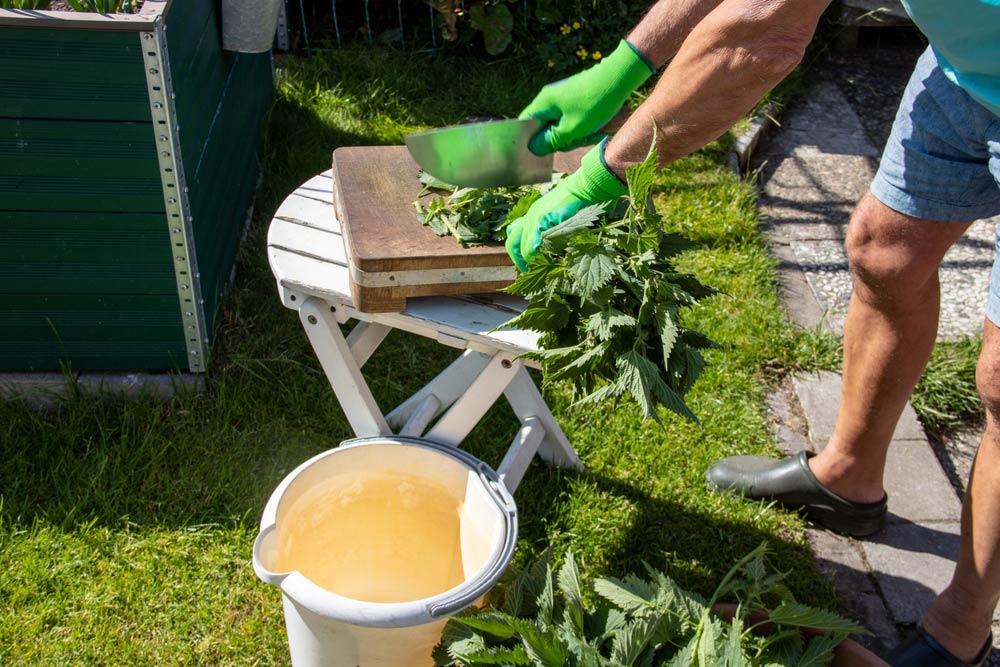
Making the Stinging Nettle Fertilizer Tea
Equipment Needed
To make stinging nettle fertilizer tea, you’ll need the following equipment:
- Gloves: Protect your hands from the stinging hairs of the nettles.
- Pruning shears: For cutting the nettles.
- A large bucket or container: To steep the nettles in water.
- A stirring stick: To mix the nettles and water.
- A mesh or cheesecloth: To strain the liquid after fermentation.
Ratio of Nettles to Water
A good ratio for making stinging nettle fertilizer tea is one part of nettle to ten parts of water. Here’s a simple guideline to follow:
| Nettles | Water |
|---|---|
| 1 pound | 10 liters |
| 2 pounds | 20 liters |
| 3 pounds | 30 liters |
Adjust the ratio depending on the volume of tea you want to create.
Fermentation Process
- Collect and prepare the nettles: Put on your gloves and use pruning shears to cut the top two-thirds of the nettle plant, avoiding the roots. Collect enough nettles to meet the desired ratio. Rinse and chop the nettles coarsely.
- Combine nettles and water: Place the chopped nettles into the large container and pour the appropriate amount of water over them. Use your stirring stick to mix the nettles and water, ensuring that all the nettles are submerged.
- Cover the container: Loosely cover the container to keep pests and debris out while allowing air circulation for fermentation. Avoid tightly sealing the container, as gases will form during fermentation.
- Let it ferment: Let the mixture sit for about 2-3 weeks in a shaded, well-ventilated area. The fermentation process could take longer if temperatures are cooler. Stir the mixture every few days to facilitate fermentation and minimize odor.
- Strain the liquid: Once the fermentation process is complete, use a mesh or cheesecloth to strain the liquid into another container, separating it from the nettle solids. Your stinging nettle fertilizer tea is now ready to use.
Remember that your stinging nettle tea should be diluted with water before applying it to your plants. A general dilution ratio is 1:10 (one part nettle tea to ten parts water), but you can adjust the dilution based on the specific needs of your plants.
Using the Fertilizer Tea on Plants
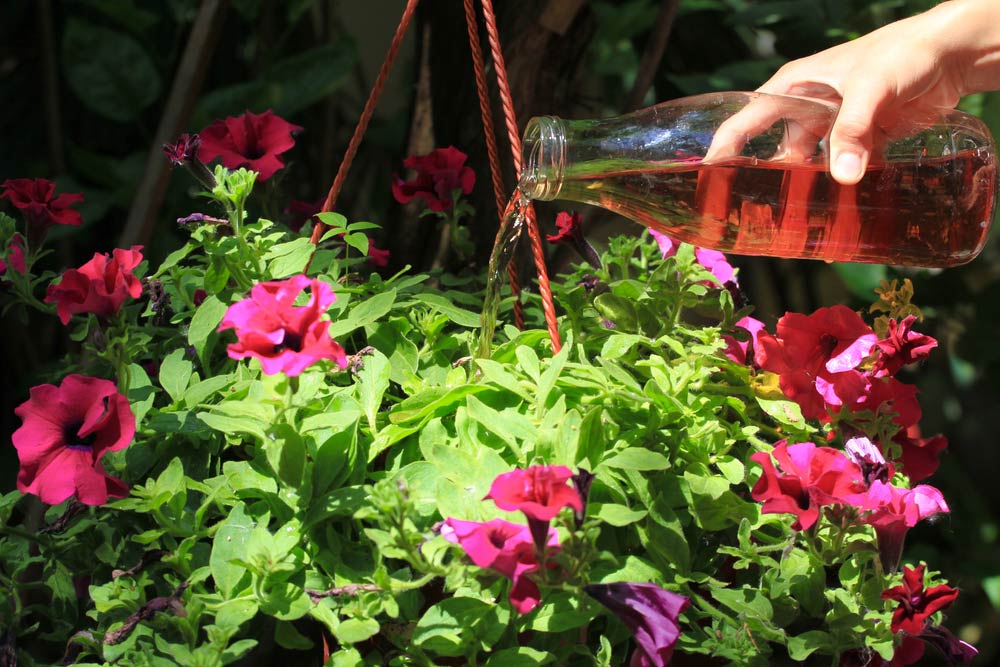
Application Methods
There are several ways to apply Stinging Nettle Fertilizer Tea to your plants. You can:
- Water the plants directly, pouring the tea around the base or root zone.
- Spray the leaves with a mist spray bottle to provide nutrients directly to the foliage. Ensure to cover both the upper and lower surface of the leaves.
By trying different application methods, you can find the one that best suits your plants’ needs.
Dilution Rates
To avoid burning or harming plants, it’s important to dilute the Stinging Nettle Fertilizer Tea. A general guideline for dilution is:
- 1 part fertilizer tea to 10 parts water
However, you may need to adjust this ratio depending on your plants’ requirements. Observe your plants’ responses and adjust the dilution rate accordingly.
Frequency of Application
Understanding how often to apply the fertilizer tea is crucial for optimal plant growth. Here are some recommendations:
- For vegetable plants and annuals, apply every 7-14 days during the growing season.
- For perennials and shrubs, apply every 4-6 weeks during the growing season.
It is essential to monitor your plants and adjust the frequency as needed. Too much fertilizer tea can lead to excessive growth or nutrient imbalances, while too little may result in nutrient deficiencies.


